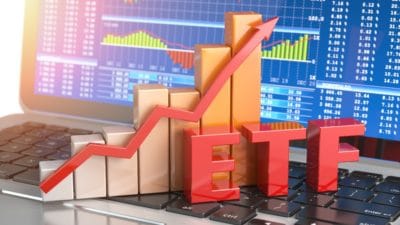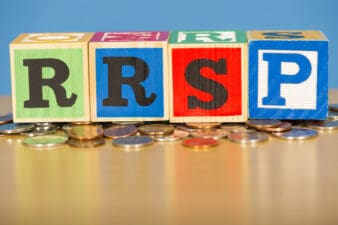Retirement means different to different people. For some, it is freedom and relief, and for others, it is sadness and anxiety, according to the Canadian Psychological Association. While some take retirement as continuing work with fewer hours, some switch to a whole new occupation, and some withdraw from the workforce completely. How you want to retire is up to you. Canada’s average retirement age is 65. But if you want to retire at 50 without worrying about daily expenses, here’s a start-up guide to retirement planning.
Where to start to retire at 50
The Canada Revenue Agency (CRA) allows you to take an early Canada Pension Plan (CPP) payout at age 60. But you can plan to retire at 50 to pursue your dream career or travel the world. Such ambitious goals need ambitious retirement planning.
The first step is to see where you stand today.
- How many years till you hit 50?
- How much have you accumulated in the retirement pool?
- What are your daily expenses?
- Do you have any debt or mortgage?
Your first goal should be to retire debt-free as a homeowner. This reduces your liability and gives you financial flexibility to retire at 50. Simultaneously, you can build your retirement pool.
How to retire at 50 with $1 million
You need at least 15 years to stash a $1 million retirement pool. You can’t become wealthy by investing in bank deposits. You have to take the route of the stock market to become a millionaire retiree at age 50. And this money will keep compounding if you stay invested. A 5% simple interest on $1 million comes to $50,000 annually, sufficient for daily expenses.
Let’s set a numerical value of what you want your portfolio to achieve. The TSX Composite Index has generated a compounded annual growth rate (CAGR) of 6% in the last 15 years. You need a portfolio of stocks that can beat the market in the long term. A 20% CAGR might be too ambitious, whereas a 10% CAGR might be too conservative if you want to retire at 50.
| Investment Tenure | 20 years | 15 Years |
| Investment Return | 10% | 10% |
| Annual Investment | $15,000 | $26,000 |
| Investment Return | 15% | 15% |
| Annual Investment | $7,500 | $16,000 |
| Investment Return | 20% | 20% |
| Annual Investment | $4,000 | $10,000 |
A 15% CAGR portfolio is your requirement. If your portfolio can achieve that, then a $7,500 annual investment for 20 years or $16,000 for 15 years can help you come close to your $1 million retirement pool.
The first step is to build a core portfolio for wealth creation. When your retirement nears, you can create a secondary portfolio of dividend stocks and transfer some amount there. How much you will transfer depends on the value of your portfolio, passive income requirement, and available dividend yields.
Stocks for your $1 million retirement pool
You can build your core portfolio with your Tax-Free Savings Account (TFSA). The average TFSA balance of Canadians under 35 was $11,980 in 2023, according to Statistics Canada. If you have a similar balance, it’s time to pull up your socks and start investing $7,000 annually in TFSA, as the withdrawals are tax-free and won’t impact your Old Age Security (OAS) pension after 65.
The remaining investments can be made in the Registered Retirement Savings Plan (RRSP), as withdrawals are taxable.
iShares S&P/TSX Capped Information Technology Index ETF (TSX:XIT) could be a good start for wealth creation. It invests in all high-growth Canadian tech stocks and benefits from various trends like e-commerce, artificial intelligence, and 5G. Its highest holdings are in Shopify and Constellation Software, which generated consolidated returns of more than 40% last year.
The ETF’s 10-year average annual return is 20%, which also includes the 2022 tech stock meltdown. It can help you achieve a 15% CAGR in 15 to 20 years while diversifying your investments across various stocks. You could also consider investing a small portion of less than 3% in Hive Digital Technologies to take advantage of any crypto bubble in the future.









